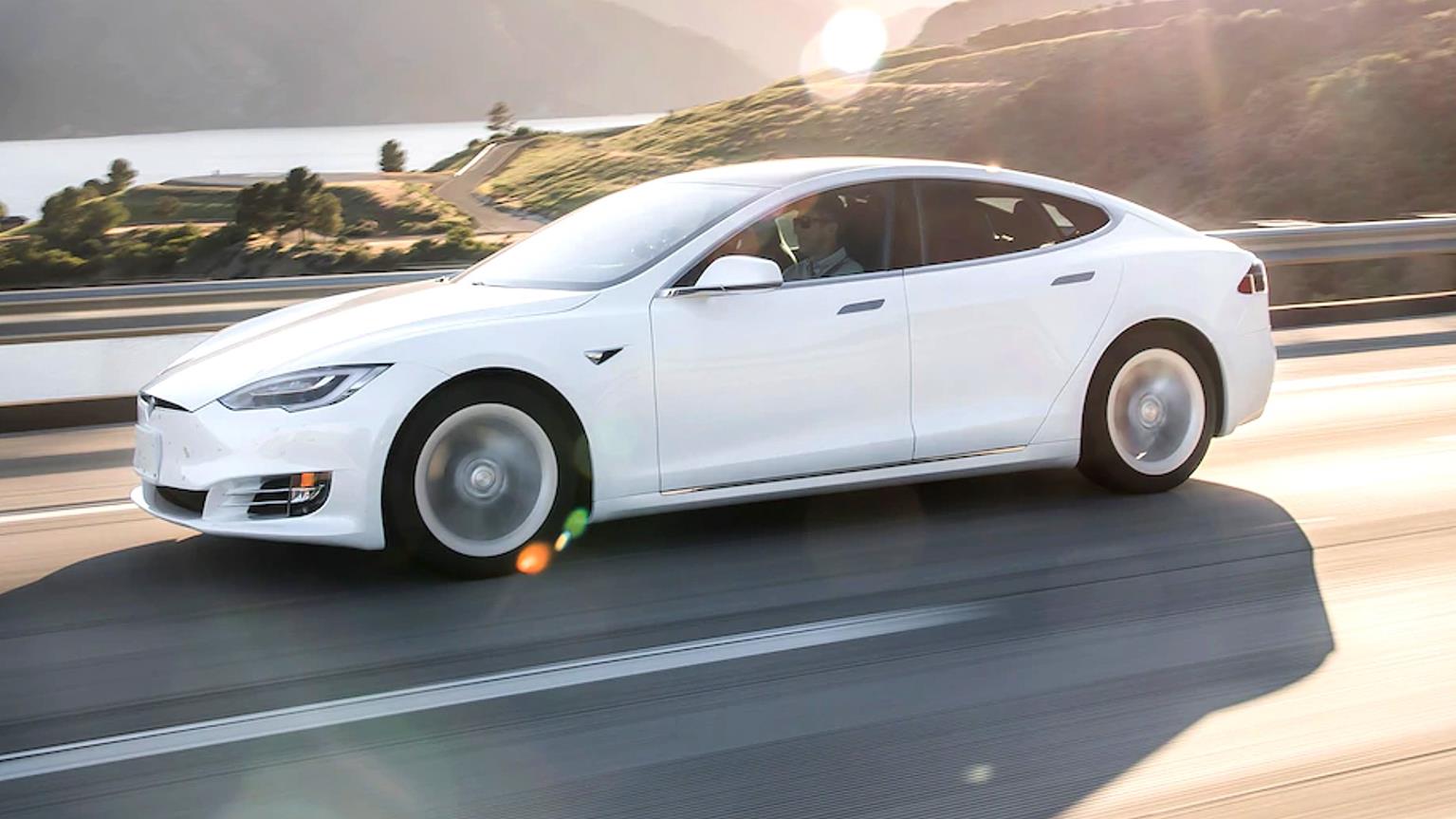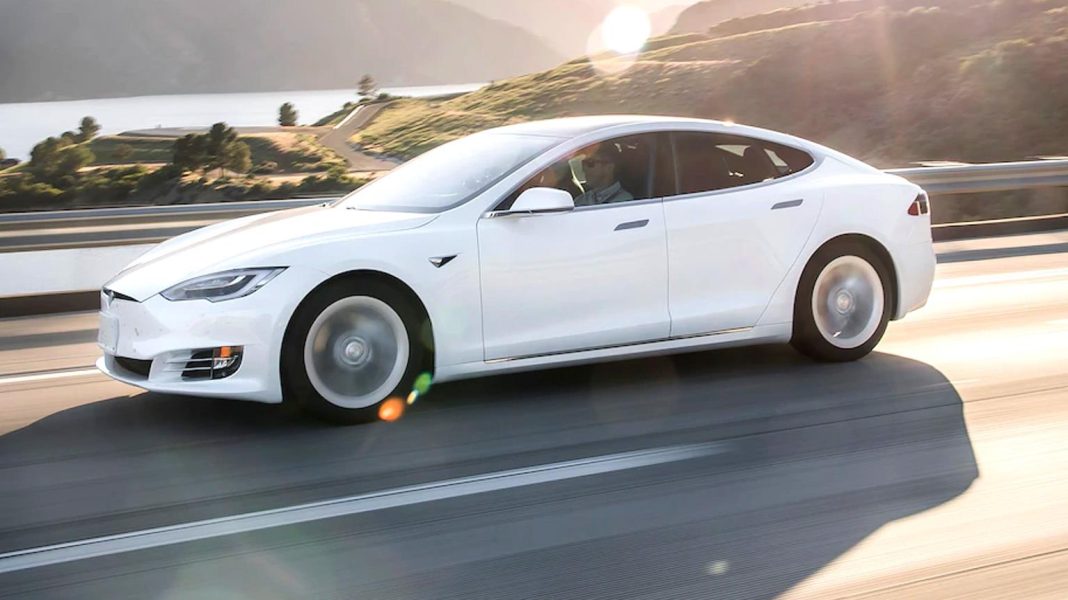 Introduction:
Introduction:
The fleet business in the automotive industry, once considered a negative aspect, has now become a lucrative battleground for U.S. automakers like Ford, General Motors, and Stellantis. These companies have recognized the potential profitability of fleet sales and have strategically restructured their operations to capitalize on this market. Ford, in particular, has emerged as a leader in the fleet business, with its “Ford Pro” fleet operations generating impressive earnings and revenue. Wall Street analysts have praised Ford’s fleet business, calling it a “hidden gem” and comparing it to the highly profitable Ferrari brand. Fleet sales typically account for a significant portion of annual U.S. light-duty vehicle sales, and the aging vehicles on American roads present a significant opportunity for automakers.
The Rise of Fleet Sales:
Traditionally, fleet sales, especially daily rentals, have been seen as less profitable for automakers compared to retail sales. However, Ford has defied this notion by breaking out financial results for its “Ford Pro” fleet business. Since 2021, Ford Pro has generated approximately $18.7 billion in adjusted earnings and $184.5 billion in revenue. This success has led to Ford being recognized as the leader in fleet sales, with a market share of around 30% of new fleet vehicle registrations. General Motors and Stellantis have also recognized the potential of fleet sales and have recently restructured their operations to focus on commercial sales. Although fleet sales data for these companies is not as readily available, estimates suggest that Ford is the leader in fleet earnings, with a forecast of $9.5 billion in 2023.
The Opportunity in Fleet Sales:
Fleet sales present a significant opportunity for automakers due to the aging vehicles on U.S. roadways. The average age of fleet and commercial vehicles in the United States is 17.5 years, compared to 12.4 years for light-duty passenger vehicles. This indicates a higher demand for new fleet vehicles to replace the aging ones. Additionally, commercial sales, which are considered the best fleet sales, are estimated to be slightly lower this year compared to 2023. However, Ford’s commercial volumes have seen a strong 7% increase this year, indicating the company’s success in this segment. Despite the lack of specific data for GM and Stellantis, it is evident that both companies have recognized the potential in fleet sales and have made efforts to revamp their operations accordingly.
The Ford Pro Advantage:
Ford Pro, Ford’s fleet and commercial business, is a key driver of the company’s success in the fleet market. The business is led by sales of Ford’s Super Duty trucks, which are part of the popular F-Series truck lineup. It also includes sales of Transit vans, Ranger midsize pickups in Europe, and service parts, accessories, and services for commercial, government, and rental customers. Ford Pro is not only focused on vehicle sales but also sees fleet operations as an opportunity for other revenue streams, such as software and logistical services. Ford aims to achieve $1 billion in sales of software and services in 2025, with Ford Pro playing a crucial role in this goal.
GM and Stellantis’ Fleet Strategies:
General Motors and Stellantis are not sitting idle while Ford dominates the fleet market. Both companies have revamped their fleet and commercial businesses to compete with Ford. Stellantis is relaunching its “Ram Professional” unit this year, aiming to become the number one seller of light-duty commercial vehicles. The company sees significant growth opportunities in software and connected services, similar to Ford Pro. General Motors, on the other hand, has launched “GM Envolve,” its overhauled fleet and commercial business. The company views this business as a competitive advantage, allowing them to create recurring revenue and build relationships with businesses. GM Envolve includes the company’s EV commercial business, BrightDrop, which has the potential to drive growth in the fleet market.
The Role of Electric Vehicles:
Automakers, including Ford, GM, and Stellantis, see electric vehicles (EVs) as an essential component of their fleet strategies. While the adoption of EVs has been slower than expected, fleet and commercial customers present a unique opportunity for these vehicles. Many fleet customers have predefined routes or schedules that align well with the range and charging capabilities of EVs. Additionally, EVs offer the potential for significant cost savings and environmental benefits for businesses. Automakers are investing in EV technology and expanding their EV offerings to cater to the fleet market. Ford, for example, has announced plans to “electrify” its Super Duty trucks and aims to be a leader in the multi-energy platform for commercial vehicles.
Conclusion:
The fleet business in the automotive industry has transformed from a traditionally less profitable segment to a multibillion-dollar battleground for U.S. automakers. Ford has emerged as a leader in this market, with its Ford Pro fleet operations generating impressive earnings and revenue. General Motors and Stellantis have also recognized the potential in fleet sales and have revamped their operations accordingly. The aging vehicles on U.S. roadways present a significant opportunity for automakers, and fleet sales, especially commercial sales, are expected to continue playing a crucial role in the industry. As the demand for electric vehicles grows, automakers are looking to capitalize on this market by offering EV options to fleet and commercial customers. The future of the fleet business looks promising, with automakers strategically positioning themselves to meet the evolving needs of businesses and capitalize on emerging trends in the automotive industry.

